Difference Between Resultant And Equilibrant In A Tabular Form
4 rows Definition. No part of this publication may.

Concurrent Forces And Coplanar Forces
The equilibrant of a set of forces is the force needed to keep the system in equilibrium.
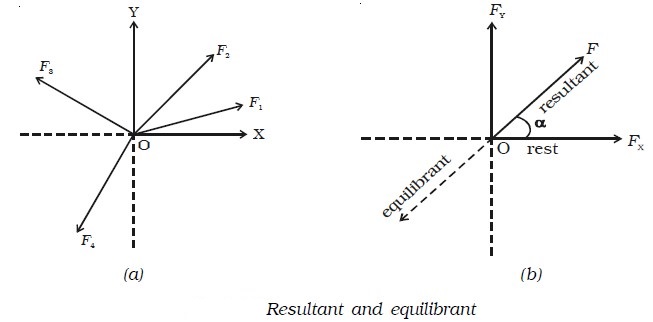
Difference between resultant and equilibrant in a tabular form. When the individual forces applied on an object are of same magnitude and opposite direction then the forces are known as balanced forces. Such a force called the equilibrant force acting on the object. Methods for calculating a Resultant Vector.
If we add six newtons north to six newtons north we get a resultant force of 12 newtons north. Science Submitted By kathleenpascual Words 700 Pages 3. Therefore the equilibrant force is the negative vector of the resultant force.
As nouns the difference between equilibrium and equilibrant. The 7 Main ApproachesPerspectives to Psychology Many psychologists may believe that each perspective has valid explanations depending on the specific situation and this point of view is called eclectic. Objective The objective of this experiment is to find the equilibrant of one or more known forces using a force table and compare the results to that obtained by analytical method.
This single force is called resultant force. Equilibrant force is equal in magnitude but opposite in direction to the resultant force of all the forces acting on a body. Find the angle between the forces given the magnitude of their resultant.
Is that equilibrium is the condition of a system in which competing influences are balanced resulting in no net change while equilibrant is a force equal to but opposite of the resultant sum of vector forces. The force which brings the set of forces in equilibrium is called an equilibrant. This resultant force causes the body to move.
The difference between a resultant and equilibrant vector is that resultant vector is a direct quantity one with both magnitude and direction while the equilibrant vector is a force equal to but opposite of the resultant sum of vector forces that force which balances other forces thus bringing an object to equilibrium. Now if another force which is equal in magnitude of the resultant but opposite in direction is applied to the body the body comes to rest. If a resultant force acts on an object then that object can be brought into equilibrium by applying an additional force that exactly balances this resultant.
Resultant is a single force that can replace the effect of a number of forces. Difference Between Resultant and Equilibrant In. There are a two different ways to calculate the resultant vector.
Physics questions and answers. It is equal and opposite to the resultant of the set of forces. Two forcesF1 and F2 act at a point.
Home University of Pittsburgh. An equilibrant of number of forces acting on a body is a single force which cancels. In addition to I learned about equilibrium and its equilibrant.
Courtney Grinnel Physics 20700 Lab 2 Instructor- Cody Youmans Introduction The objective of this lab is to study vectors and understand how to add multiple vectors. This means the object wi. The expected result of the lab was to complete and achieve equilibrium.
Minds On Equilibrant of Several Forces The equilibrant is the opposite vector to the resultant. Resultant force is a system of forces in the single force equivalent to the system whilst equilibrant force is a force capable of balancing another force to achieve equilibrium. Key Differences Between Balanced and Unbalanced Forces The points presented to you below are substantial so far as the difference between balanced and unbalanced forces is concerned.
On A Force Table What Is The Difference Between The Equilibrant And The Resultant. The head to tail method to calculate a resultant which involves lining up. The resultant vector is the vector that results from adding two or more vectors together.
It was also critical to understand the difference between the resultant and the equilibrant. Round your answer. On A Force Table What Is The Difference Between T.
Write force 1 as a vector in the direction of the positive x-axis and force 2 as a vector at an angle with the positive x-axis. Equilibrant force - resultant force Ra2b22abcos R60240226040cos90 R5200 R72112. Equilibrant is a force that is exactly opposite to a resultant.
Forces are said to be in equilibrium when the resultant force is zero. When the equilibrant is applied to the object this force maintains the object in a state of equilibrium. This equilibrant force is equal to the resultant force in magnitude but opposite in nature.
Forces that make up the resultant are called the components of the resultant. That force which balances other forces thus bringing an object to equilibrium. A resultant force is the sum of the forces on an object.

Concurrent Forces And Coplanar Forces

Calculating Resultant Forces Vector Diagrams Graphs Work Done Calculations Equilibrium Parallelogram Of Forces Tension Vector Forces Gcse 9 1 Physics Igcse Revision Notes
What Is The Resultant Force And How To Find It With Examples Phyley
Https Www Tecumseh K12 Oh Us Downloads Physics 6 13 Pdf

Calculating Resultant Forces Vector Diagrams Graphs Work Done Calculations Equilibrium Parallelogram Of Forces Tension Vector Forces Gcse 9 1 Physics Igcse Revision Notes
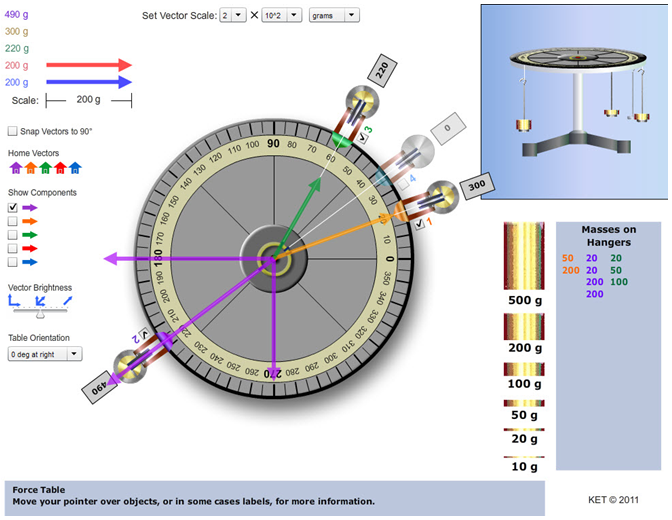
The Force Table Vector Addition And Resolution

Calculating Resultant Forces Vector Diagrams Graphs Work Done Calculations Equilibrium Parallelogram Of Forces Tension Vector Forces Gcse 9 1 Physics Igcse Revision Notes

Vectors Fundamentals And Operations Ppt Video Online Download

Equilibrant Of Three Forces In Three Dimension Vectors Resultant And Equilibrium Youtube
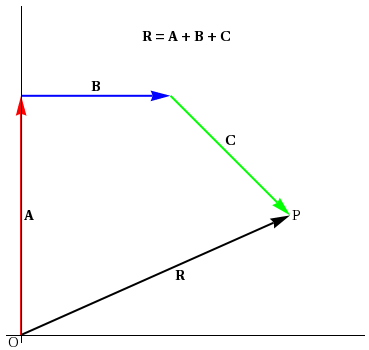
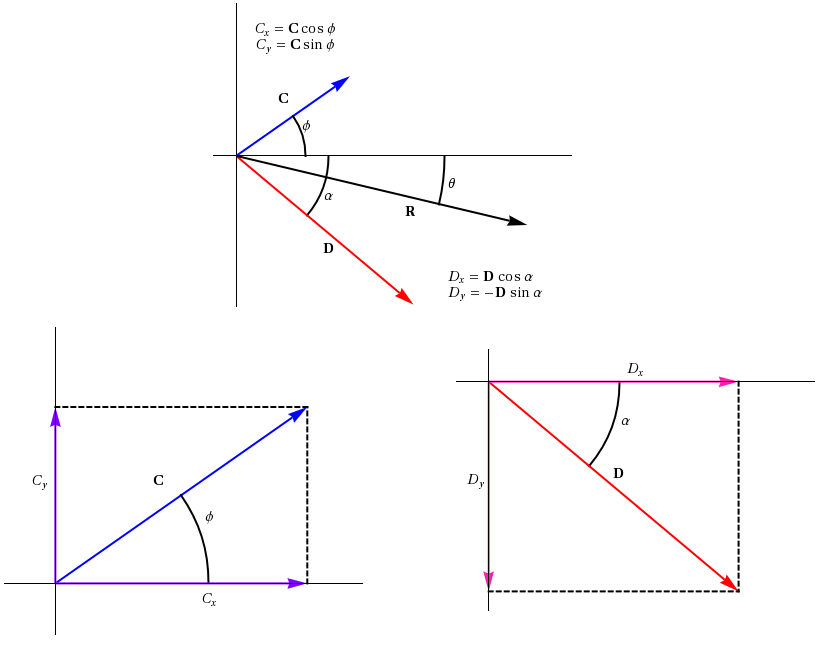
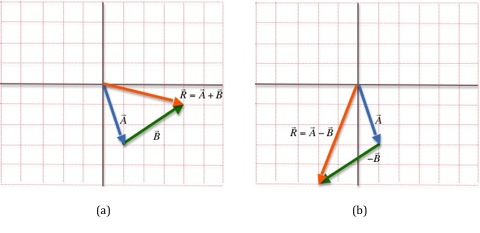
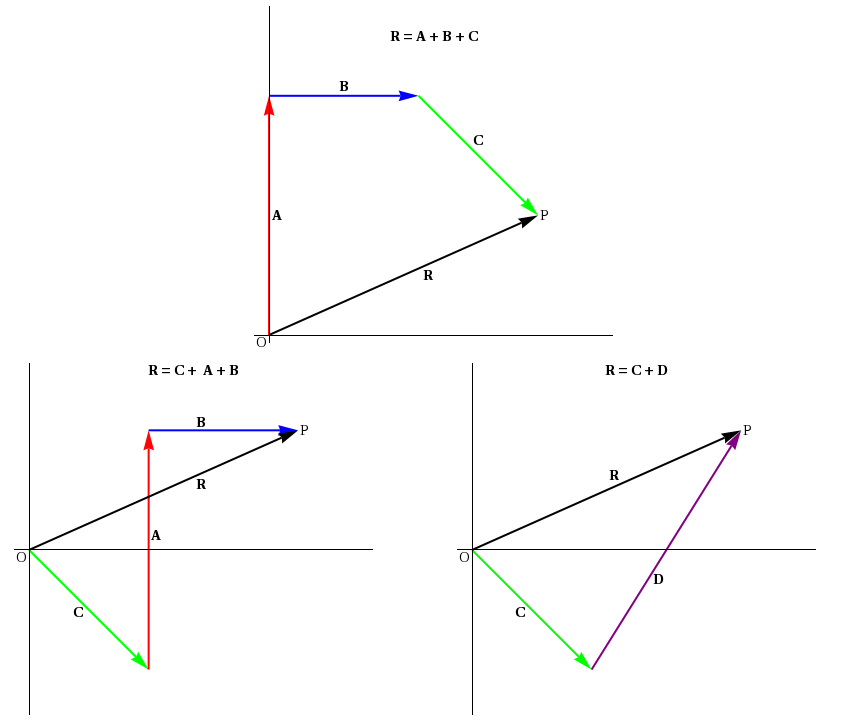

Post a Comment for "Difference Between Resultant And Equilibrant In A Tabular Form"